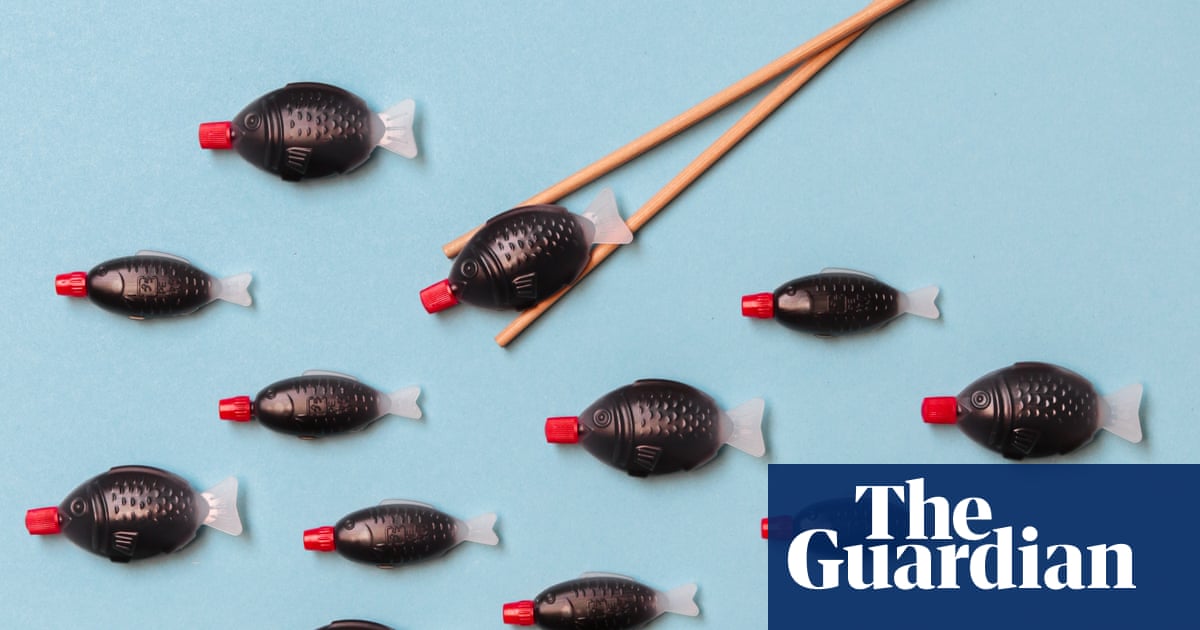The device known as shoyu-tai (or soy-sauce snapper in Japanese) was invented in 1954 by Teruo Watanabe, the founder of Osaka-based company Asahi Sogyo, according to a report from Japan’s Radio Kansai.
It was then common for glass and ceramic containers to be used but the advent of cheap industrial plastics allowed the creation of a small polyethylene container in the shape of a fish, officially named the “Lunch Charm”.
The invention quickly spread around Japan and eventually worldwide, and it is estimated that billions have been produced.



Unfortunately while PLA is technically biodegradable, it requires very specific conditions that can only be achieved in dedicated facilities. So it’s not like you can throw it in the composting bin and be done with it. It will also survive for a long time in nature.
Sure, but PLA will eventually biodegrade, unlike things like polypropilene or polyethylene, which are incredibly useful precisely because of their imperviousness.
EDIT: I’m willing to bet that PLA IS biodegradable in home settings if the correct method is used, like the Berkeley method, which produces much higher heat than “heap” methods. The Berkley method can produce compost in under a month, via endothermic processes that generate relatively high heat. All you need at home are the compostable materials, and a roughly 1m cube, which can be made out of pallets, for example.